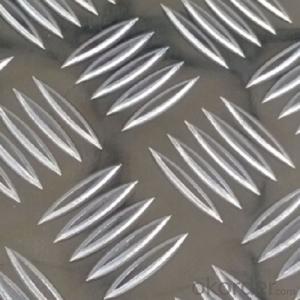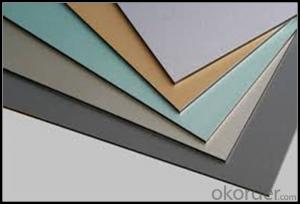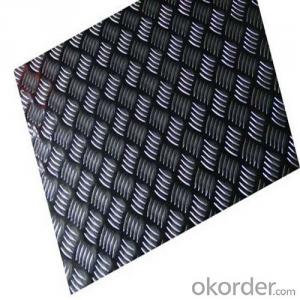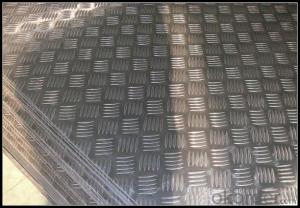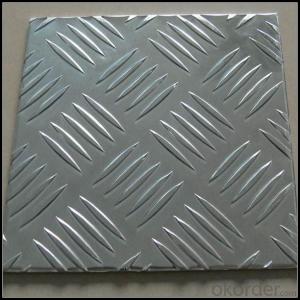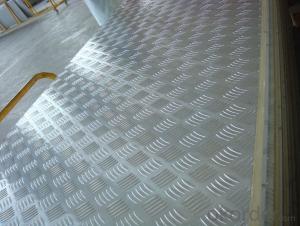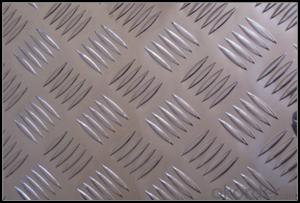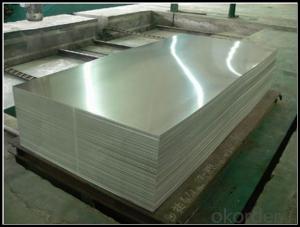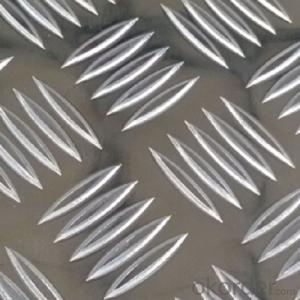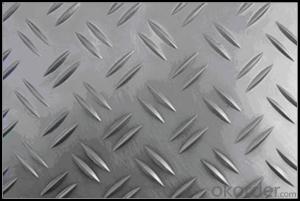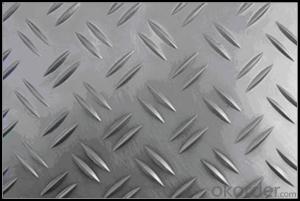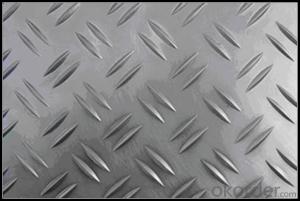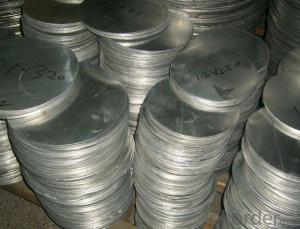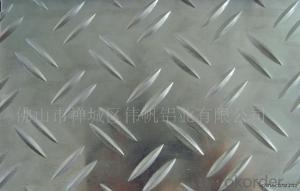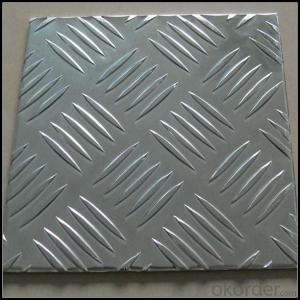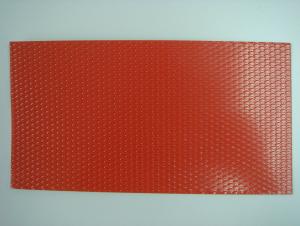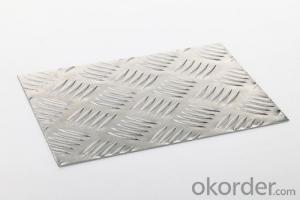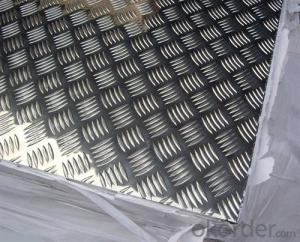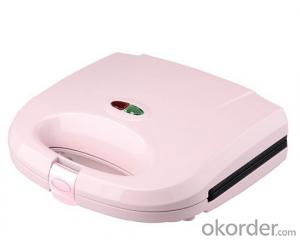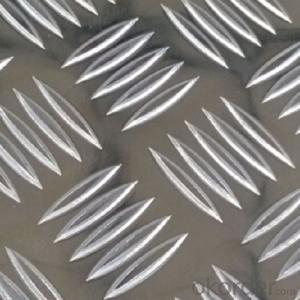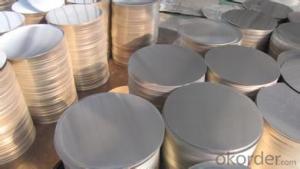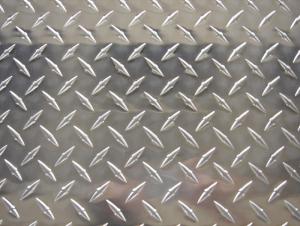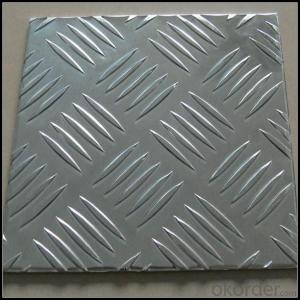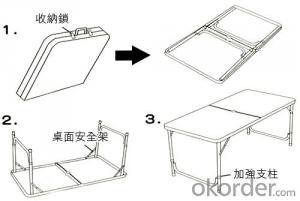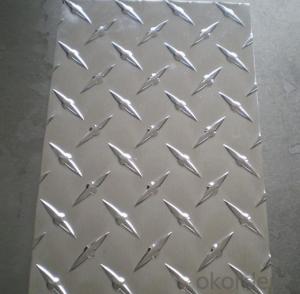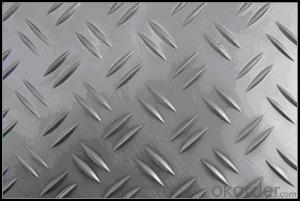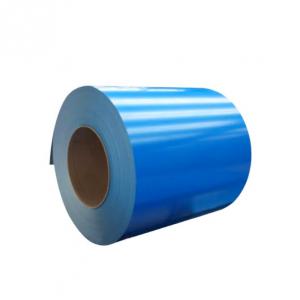Aluminum Tread Plate Tool Box
Aluminum Tread Plate Tool Box Related Searches
Aluminum Diamond Plate Tool Box Tread Plate Aluminum Aluminum Tread Plate Sheet Diamond Plate Aluminum Tool Box Polished Aluminum Tread Plate Aluminum Tool Plate Tread Aluminum Plate Aluminum Tread Plate Sheets Aluminum Tooling Plate Black Aluminum Tread Plate Tread Plate Aluminum Sheets Aluminum Tread Plate For Trailer Embossed Aluminum Tread Plate Aluminum Tread Plate Home Depot Aluminum Tread Plate For Sale Aluminum Diamond Tread Plate Aluminum Tread Plate Sheet Metal Diamond Tread Plate Aluminum Bright Aluminum Tread Plate 3003 Aluminum Tread Plate Cast Aluminum Tooling Plate Aluminum Tread Plate Suppliers Aluminum Tread Plate Near Me Aluminum Tread Plate Patterns Aluminum Tread Plate Weight Aluminum Tread Plate Thickness Aluminum Tread Plate Prices Aluminum Traction Plate 5 Bar Aluminum Tread Plate Diamond Tread Aluminum PlateAluminum Tread Plate Tool Box Supplier & Manufacturer from China
Aluminum Tread Plate Tool Boxes are durable and lightweight storage solutions designed to protect and organize tools and equipment. These high-quality toolboxes are crafted from aluminum, ensuring they can withstand the wear and tear of daily use while maintaining a sleek and modern appearance. They are equipped with a non-slip tread plate surface, which provides a secure and stable platform for placing tools and other items, minimizing the risk of accidents and damage.Aluminum Tread Plate Tool Boxes are widely used in various industries and settings, including construction sites, workshops, and automotive repair shops. Their versatility makes them ideal for storing and transporting a range of items, from hand tools and power tools to smaller equipment and accessories. The sturdy construction and non-slip surface of these toolboxes ensure that tools remain organized and secure, even in the most demanding environments.
Okorder.com is a leading wholesale supplier of Aluminum Tread Plate Tool Boxes, offering a vast inventory to meet the needs of businesses and individuals alike. With a commitment to quality and customer satisfaction, Okorder.com provides competitive pricing and reliable service, making it the go-to source for purchasing these essential storage solutions.
Hot Products



